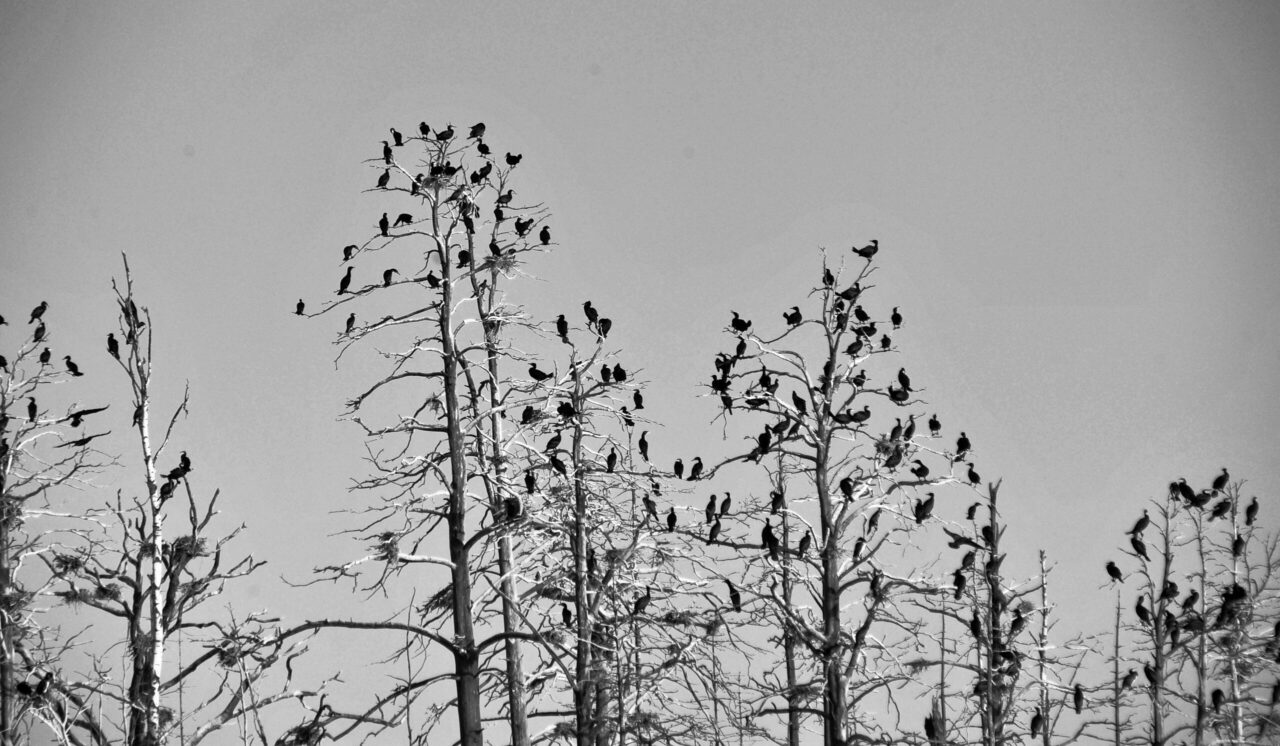Swedish Demand: Take Action Against the Cormorants
The number of cormorants has increased so much that it is affecting fishing and the protection of endangered fish species. It is high time that the EU introduces a common strategy to achieve a better balance, demands Swedish MEP Sofie Eriksson (S), among others.
The number of cormorants has increased significantly in Sweden and Europe since the 1970s. One reason is that the species was then protected by the EU Birds Directive. But as the population has grown, the fish-eating seabird has also become a competitor to human fishing and fish farming – something representatives of the industries have repeatedly pointed out.
The problems are now so great that the EU must act, says Sofie Eriksson.
“We have opportunities for protective hunting of cormorants in Sweden, but we will need to do something at EU level, because the population is a problem for many countries,” says Eriksson.
She and nine other MEPs from Denmark, Finland and the Netherlands, among others, have written to the President of the European Commission, Ursula von der Leyen, calling for a concrete plan to be put in place for the cormorant population.
The cost of the damage caused by cormorants to fish farms, fisheries and the protection of endangered freshwater fish is estimated at EUR 350 million annually, the MEPs write in the letter.
They point out that the call for a European management plan has been made several times before, without success. However, a draft plan prepared by the UN-affiliated fisheries body EIFAAC was recently presented.
It contains concrete proposals that are scientifically sound. “Now we politicians need to take great responsibility and act on the information we have,” says Sofie Eriksson.
I Sverige förekommer två underarter av storskarv: atlantstorskarv, som häckar längs kusterna, och mellanskarv som häckar både längs kusterna och i sjöar.
Antalet häckande par i Europa har ökat från drygt 20 000 par i början av 1980-talet till drygt 200 000 under 2000-talet. Förklaringarna är skyddsåtgärder och att storskarven lätt anpassar födan efter vad som finns tillgängligt.
Det är svårt att exakt fastslå vilken påverkan storskarven har på olika fiskpopulationer, men abborre- och karpfiskar löper högre risk att påverkas negativt. Även uppväxtområden för fisk är känsliga. Källa: Naturvårdsverket/SLU




